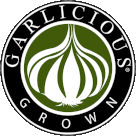|
Introduction: Black garlic, often referred to as "black gold," is a unique culinary ingredient that undergoes a fascinating transformation through a process known as ageing. This article delves into the art of ageing garlic and explores how time and controlled conditions turn ordinary garlic cloves into a prized delicacy. Getting Started: A key first step is to grown beautiful white garlic. We use a purple hard neck Monaro garlic that grows well in our area. It is that beautiful garlic with white skins and fine purple veins that you see in quality fruit stores. This variety has an ideal sugar content producing beautiful full flavoured black garlic. Understanding the Process: The transformation of garlic into black garlic involves a slow, natural oxidation process. Although often described as fermentation, which typically involves the action of microorganisms, black garlic is made through a controlled enzymatic reaction. Whole bulbs of garlic are placed in a humid, temperature-controlled environment, typically around 60°C, for an extended period, typically ranging from two to six weeks. This low and consistent heat triggers enzymatic reactions within the garlic, resulting in the gradual caramelization of natural sugars and Maillard reactions that give black garlic its characteristic dark colour, soft texture, and complex flavour profile. Flavour and Aroma Profile: One of the most intriguing aspects of black garlic is its flavour and aroma. During the ageing process, the pungent and sharp flavours commonly associated with raw garlic mellow and transform into something entirely different. Black garlic offers a unique umami taste with hints of sweetness, tanginess, and even notes of balsamic vinegar and molasses. Its aroma is often described as earthy, with hints of garlic, caramel, and fermented fruits. These flavour and aroma profiles make black garlic a versatile ingredient that can enhance a wide range of dishes. Culinary Uses: Black garlic's unique flavour profile makes it a prized ingredient in culinary creations. Its sweet, tangy, and umami taste can enhance both savoury and sweet dishes. Black garlic can add flavour in sauces, dressings, marinades, and soups. It can also be mashed and spread onto bread or incorporated into dips and spreads. Additionally, black garlic pairs well with meats, seafood, roasted vegetables, cheese and even desserts like chocolate or ice cream, adding depth and complexity to the overall dish. Availability and Storage: While black garlic was once relatively uncommon and difficult to find, its popularity has grown, and it can now be purchased in specialty food stores, gourmet markets, or online. When purchasing black garlic, look for plump and soft cloves with a glossy, black exterior. Proper storage is essential to maintain its quality. It is best stored in a cool, dry place, away from direct sunlight, and can typically be kept for several years.
Conclusion: The art of ageing garlic into black gold is a remarkable process that transforms the ordinary into something extraordinary. Black garlic's unique flavour, aroma, and potential health benefits make it a sought-after ingredient for culinary enthusiasts and health-conscious individuals alike. Whether you use it to elevate your home-cooked meals or experiment with new and exciting recipes, black garlic is a culinary treasure that showcases the magic of time and transformation.
0 Comments
Beautiful day to take some rosemary cuttings, ready to add to our black garlic powder. Took fresh tip pieces, stripped the bottom of leaves, dipped them in rooting hormone (in the white pot, not sure if it really makes a difference or not), then into a striking mix. The mix is seed raising mix, coir pieces and perlite - seems to work well. Now for some sunshine! The trays are sitting on top of a worm bath - this makes a standing height work surface and all excess soil or water goes straight in the bath. The warmth from the compost action helps germination. More about the bath next time. Happy propogating!
Now is a great time to think about getting cold climate garlic cloves in the ground. We are mid planting, having saved our best garlic bulbs as our seed stock. If you buy cloves, make sure they are Australian grown and have not been fumigated to limit sprouting. Trials last year found that cloves soaked in worm wee or seaweed extract established much healthier plants. We plant cloves a hand span apart in rows a boot width apart - this allows enough space for good bulb growth and sufficient space for weeding. Put the cloves butt end down, pointy end up jut below the soil surface. Mulch really well - too many weeds are the enemy of good garlic growth. Mind you Clyde the wonder dog might be the real enemy - he is good at stealing cloves as they go in....... Last shot you can see early growth on rows planted 10 days ago - they are rocketing away! Happy garlic growing We smoke our garlic by slicing off the tops, spraying a little olive oil on the cut surface and turning them upside down. We smoke them over fruit wood at about 250 degrees C for about 90 minutes. In the images you can see the lovely honey brown colour they develop over time and unfortunately you can't smell the great aroma! We dry the cloves, shell and powder them ready to top your cheese souffle - enjoy!
It's time to get the garlic beds cleaned up ready for planning in March. In the spirit of remaining chemical free and being smart about labour, we use a chook tractor with keen hens doing the work. The tractor is a portable hen house with upstairs accommodation and egg laying boxes, while downstairs sits on the garlic bed. The hens peck away at grass and weeds and all their seeds doing a great job of tilling over the topsoil. They fertilise as they go and we benefit from gorgeous golden yolked eggs. A win win as they say. These four arrived yesterday and already are settling in for the season.
At that lovely time of the year when the garlic is fresh out of the ground and hanging curing awaiting processing. We are really happy with our crop and looking forward to a bumper season. We hang garlic in bunches of 10 or so bulbs in an airy location, hanging by the stalks to let the juices flow into the cloves. After several weeks bulbs are ready to caramelise over 30 days. You can see the bulbs here.
Spring brings the joys of fresh garlic scapes. These are the curly tendrils coming out of hard necked garlic. In the photo you can see the scape with the little knob (the bulblet which will produce seed) on the top. Scapes are pulled out to give the bulb the best chance of maximum growth and flavour and because they taste great in their own right. If you wish to plait your garlic, taking the scape out makes the stalks easier to plait as they go quite stiff. In a stir fry, splashed over an omelette, added to baked veg, they always taste fresh and green. Would be fabulous as part of of a pasta primavera with new peas......Yum
 Louis Camille Maillard (1878-1936) from http://www.food-info.net/uk/colour/maillard.htm Louis Camille Maillard (1878-1936) from http://www.food-info.net/uk/colour/maillard.htm Black garlic started life as a white clove - how does it get black? The slow process relies on a nonenzymatic browning reaction described in 1913 by this serious Frenchman and named for him - the Maillard reaction. Sugars and amino acids are rearranged over and over to provide colour but more importantly flavour in the black garlic. The molecules produced are specific to the food type: for black garlic more S-allylcysteine and S-allyl-mercaptocysteine and higher antioxidant levels. This is why your unbaked cake smells so-so, but your baked cake smells and looks delicious. More here - happy browning! Check out the progress in the garlic patch on a windy day at Manar - by January it will be part if our new supply of black garlic. Get on top of your weeds now before the warm weather helps them blossom. Happy garlic growing Recent rains have done the Garlicious Grown garlic crops the power of good. Bring on a bit of spring warmth for a bumper season.
|
Archives
May 2024
Categories
All
|

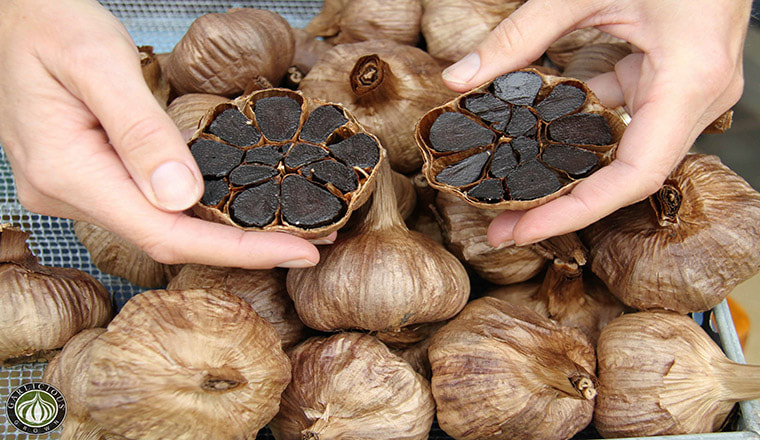
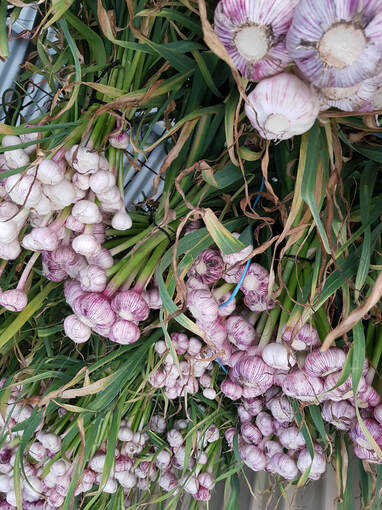
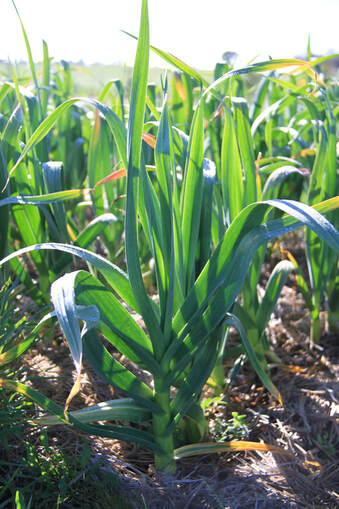
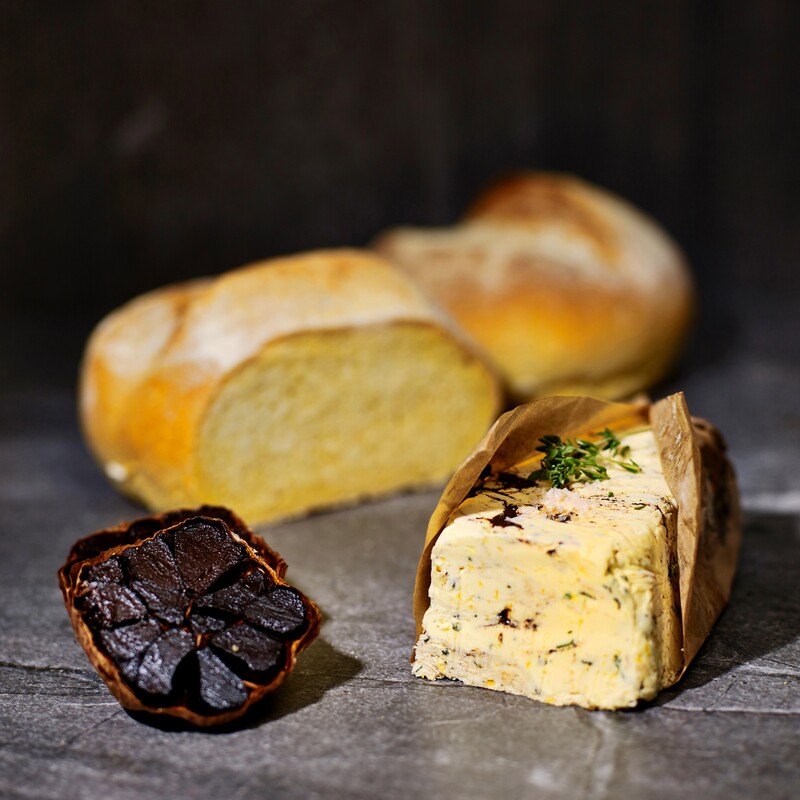
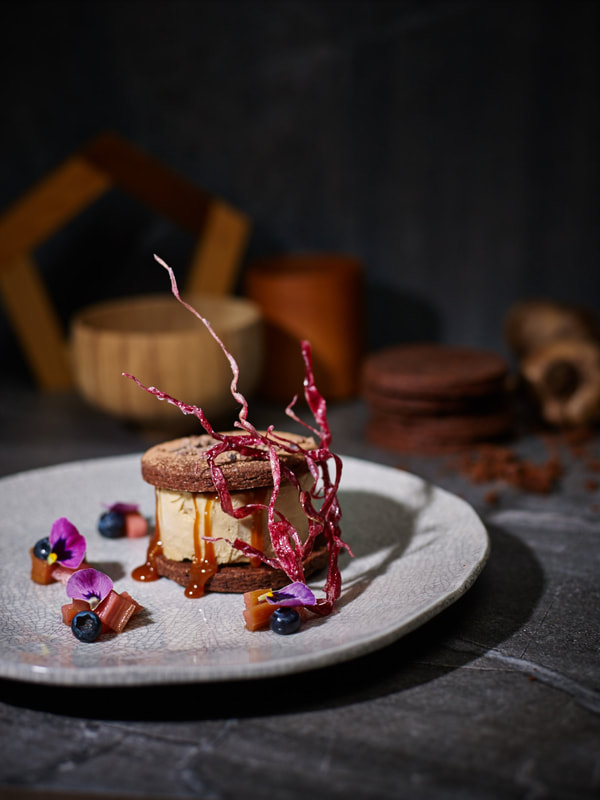
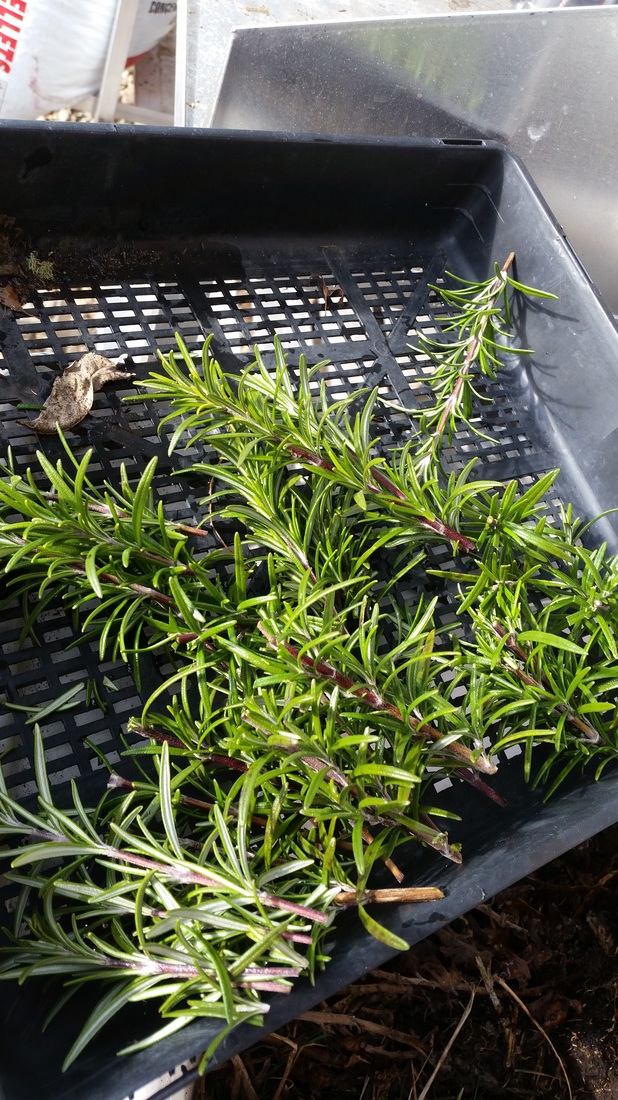
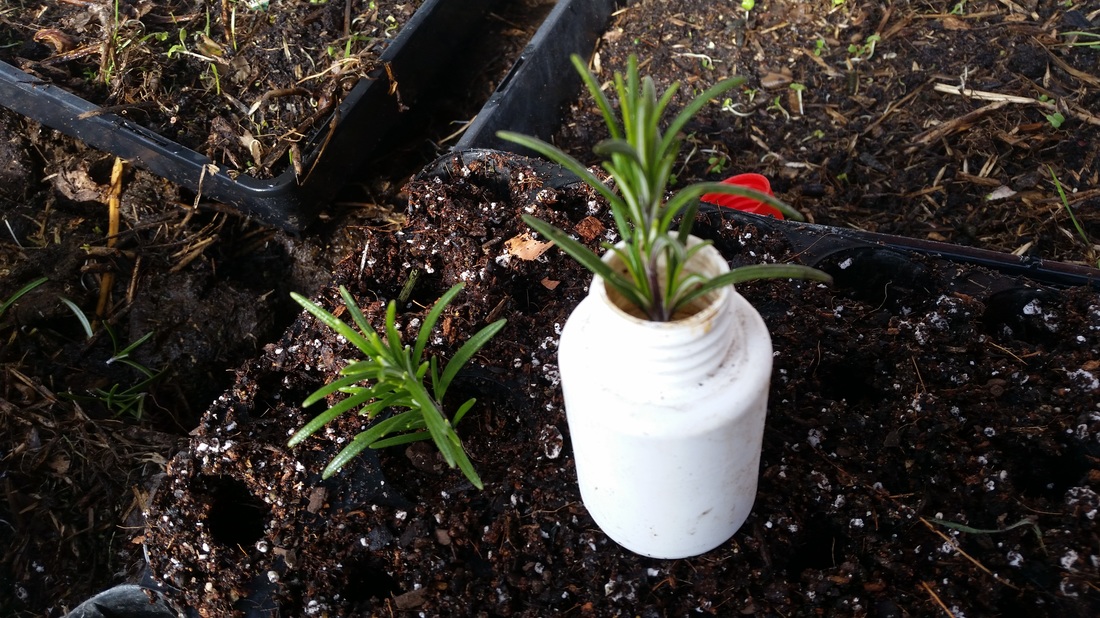
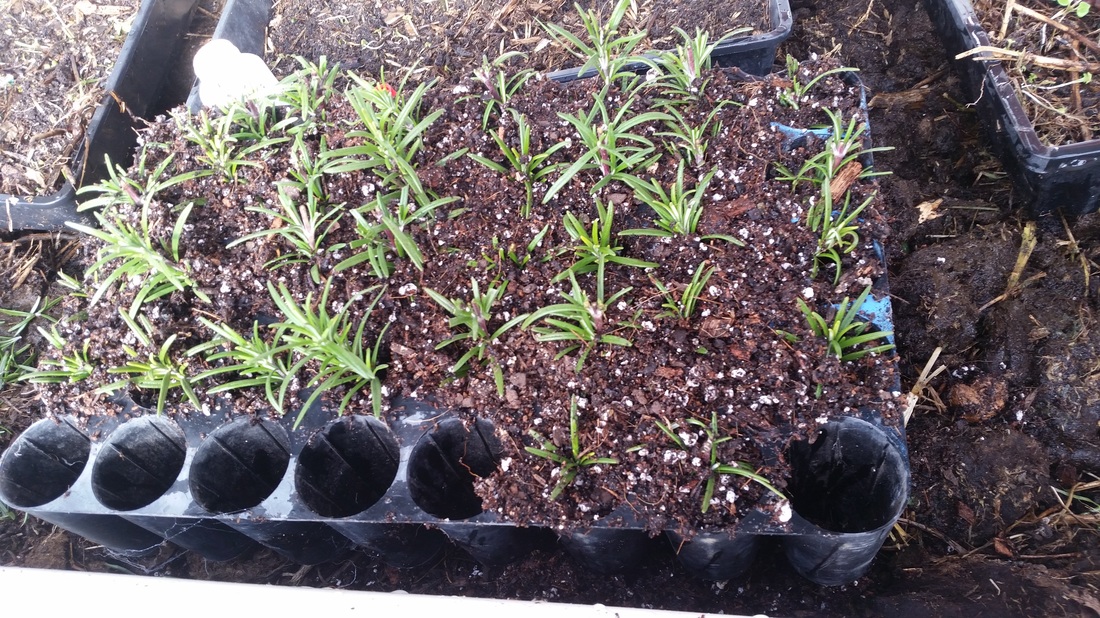
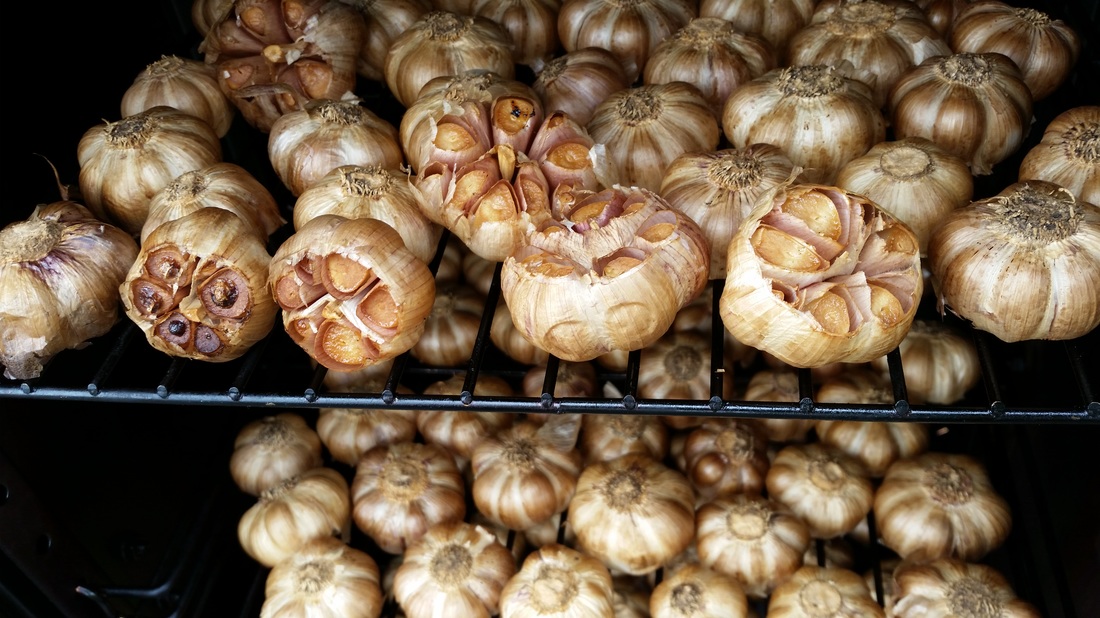
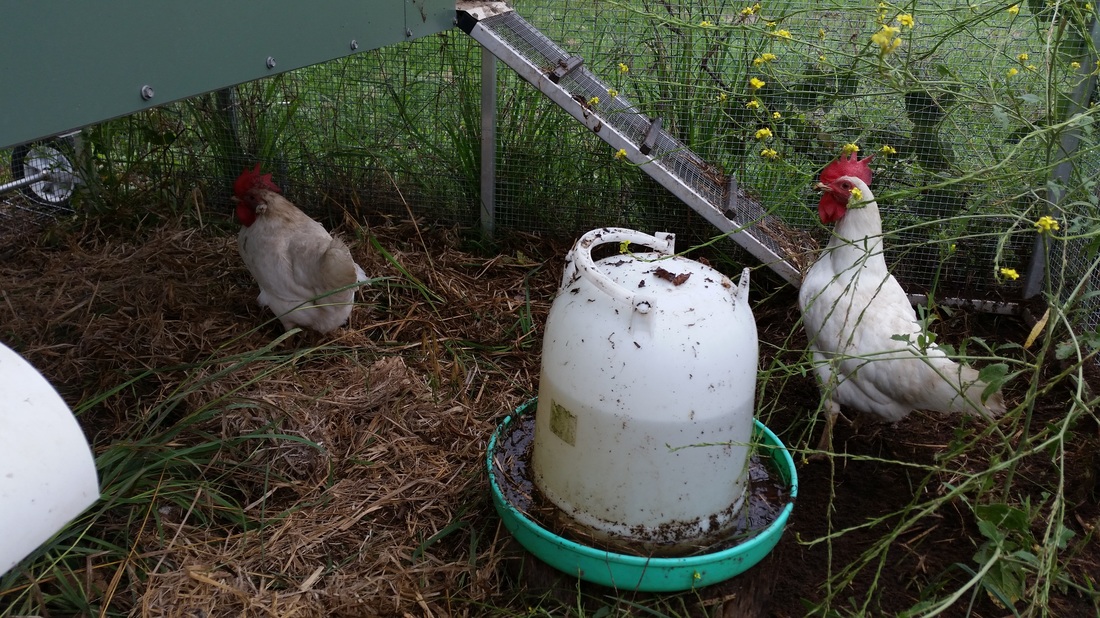
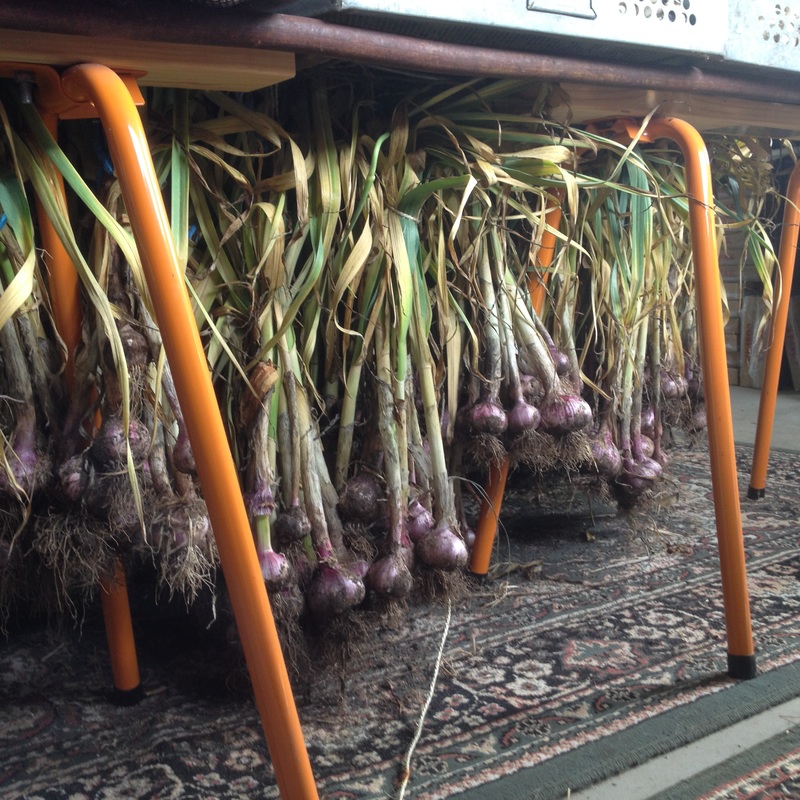
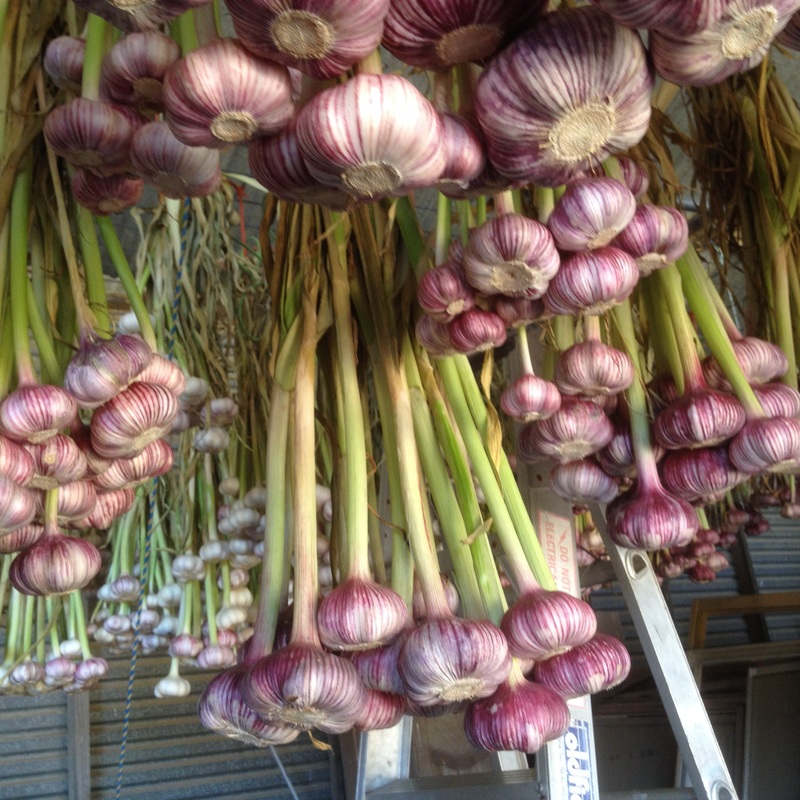
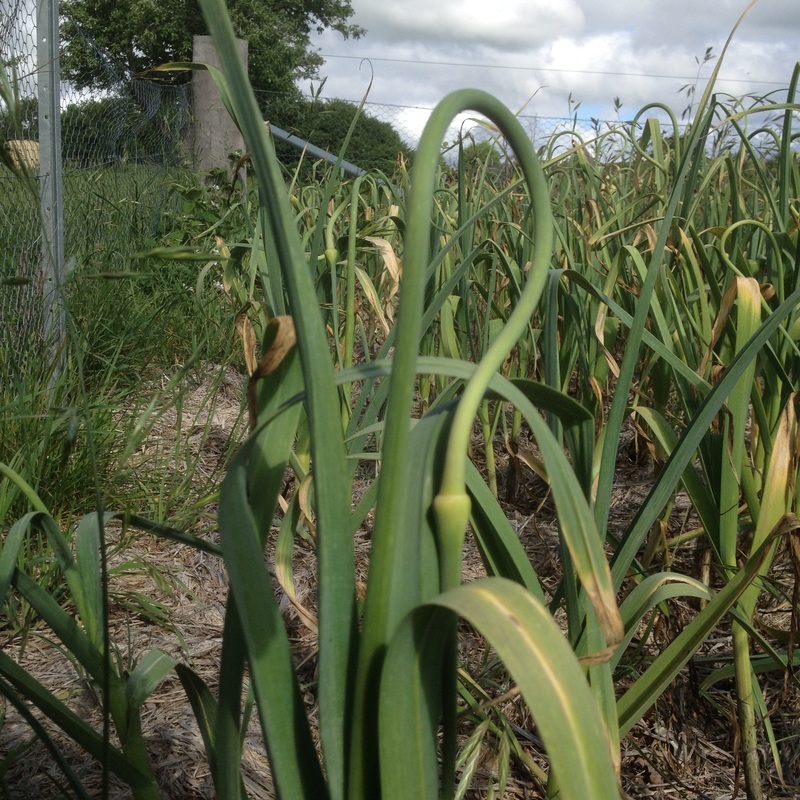
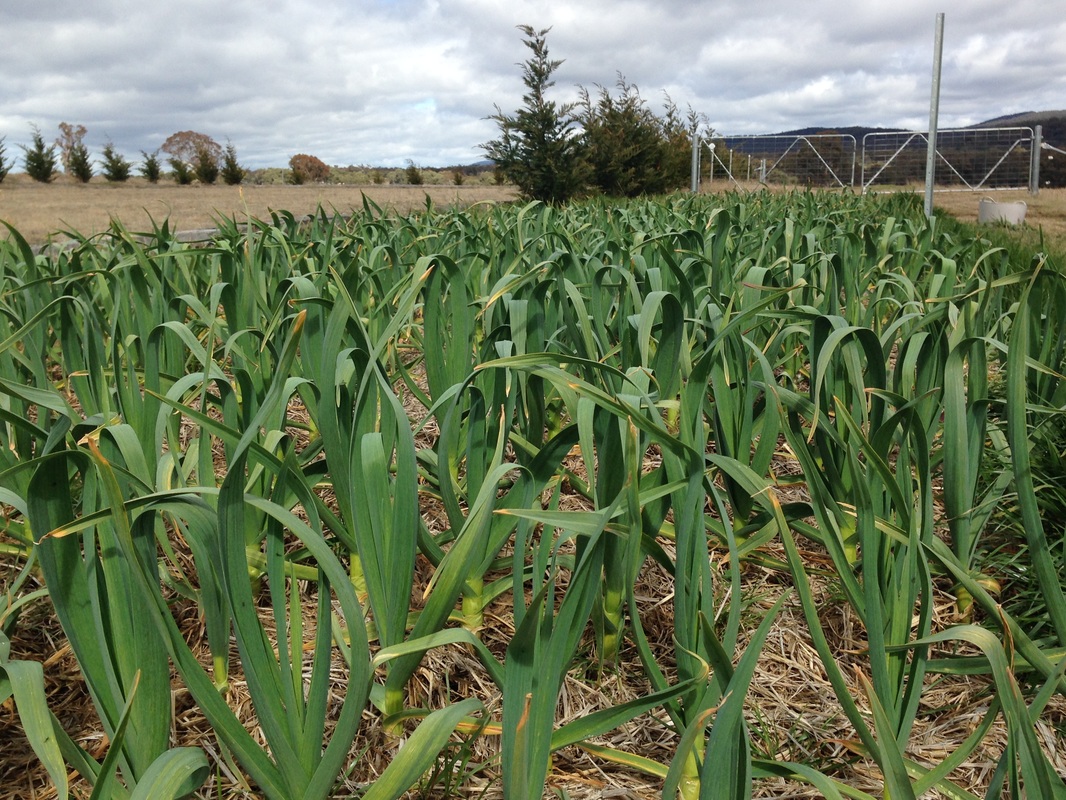
 RSS Feed
RSS Feed
